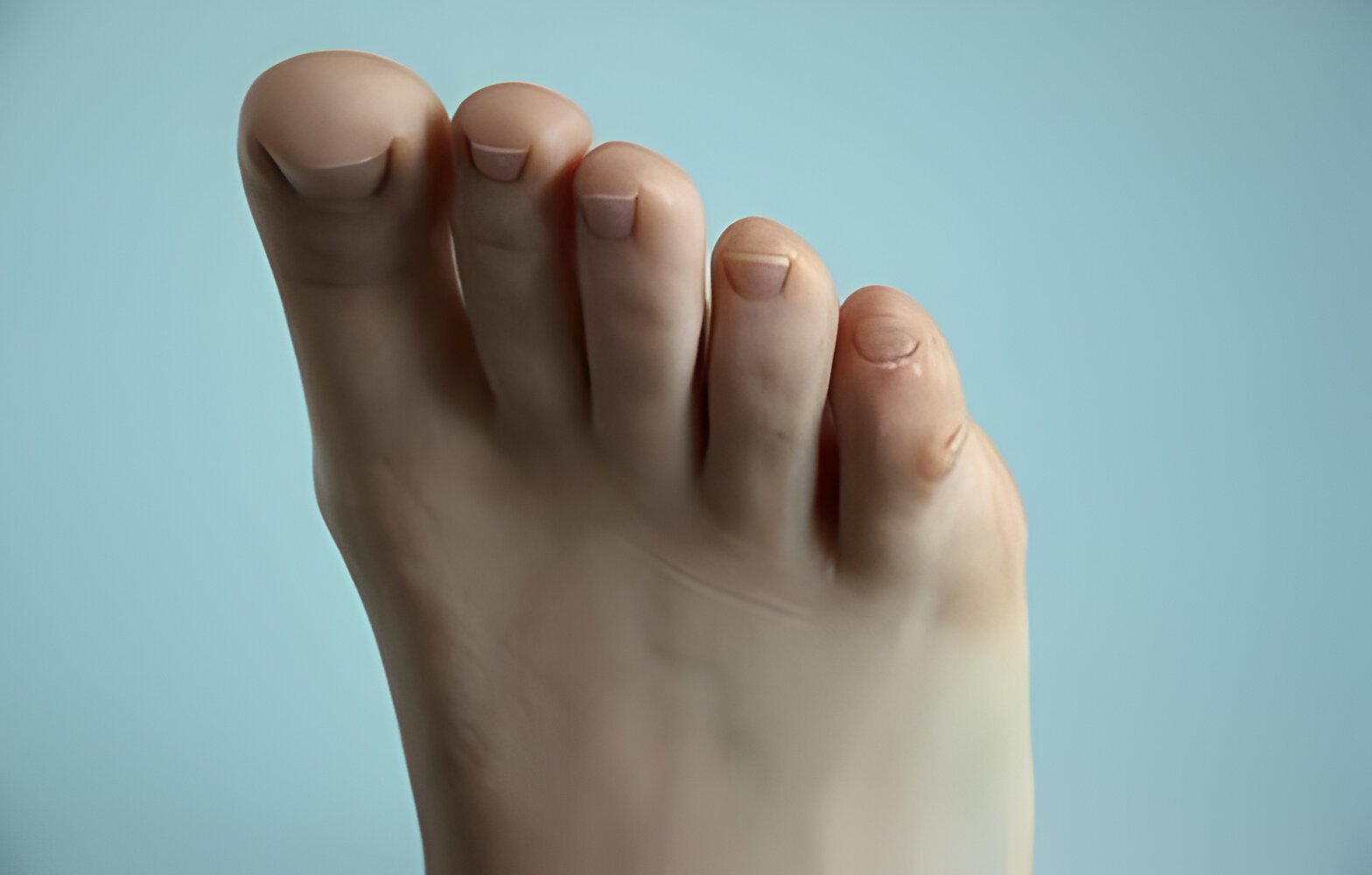Claw Toe
Claw toe is a foot deformity characterized by abnormal bending of the toe joints, which makes the toe appear claw-like. This condition can affect any of the toes, causing discomfort, pain, and difficulty in wearing shoes or walking.


Claw toe is a common foot deformity characterised by the abnormal bending or curling of the toes. While some people associate it with wearing ill-fitting shoes, such as those that are too tight or high-heeled, claw toe can also be attributed to underlying factors like nerve damage caused by conditions such as diabetes and peripheral neuropathy. These conditions weaken the muscles in the foot, leading to the development of claw toe.
Without proper treatment, this condition can worsen over time and become a permanent deformity. In this article, we will explore the causes, symptoms, and effective treatment options for claw toe to help you understand and address this condition.
Causes of Claw Toe
Claw toe can arise from various factors, including:
- Foot Structure: Certain foot structures, such as high arches or flat feet, can predispose individuals to claw toe.
- Trauma and Inflammation: Injuries or inflammatory conditions affecting the foot can contribute to the deformity of the toes.
- Muscle Imbalance: Imbalances in foot muscles can result from neurological disorders, which create imbalances and cause the toes to bend unnaturally.
- Nerve Damage: Diseases like diabetes or alcoholism can cause nerve damage, leading to muscle weakness in the foot and the development of claw toe.

Symptoms of Claw Toe
Recognizing the symptoms of claw toe is crucial for early diagnosis and intervention. The following symptoms may be present:
- Toe Extension: The toes bend upward from the joints at the ball of the foot.
- Toe Flexion: The toes bend downward at the middle joints toward the sole of the shoe.
- Top Joint Involvement: In some cases, the toes also bend downward at the top joints, curving under the foot.
- Corns Formation: Painful calluses may develop over the top of the toe or under the ball of the foot.
Evaluation & Diagnosis
If you experience symptoms of claw toe, it is advisable to seek medical evaluation from a qualified healthcare professional. A thorough evaluation will help rule out underlying neurological disorders or other conditions that may be contributing to muscle weakness and toe deformity. Trauma and inflammation should also be considered during the diagnostic process.

Treatment Options
Treatment for claw toe aims to alleviate symptoms, slow down the progression of the condition, and improve foot functionality. The chosen treatment options will depend on the severity of the condition. Here are some effective approaches:
- Conservative Measures: In the early stages of claw toe, when the deformity is still flexible, your Chiropodist may recommend conservative treatments such as splinting or taping to hold the toes in the correct position. Additionally, wearing shoes with soft and roomy toe boxes is advised to relieve pressure and allow the toes to rest comfortably.
- Toe Exercises: Stretching exercises that involve manually manipulating the toes and toe joints toward their normal positions can help improve flexibility and prevent further deformity. Activities like picking up marbles with your toes or crumpling a towel placed on the floor can aid in strengthening and restoring proper toe movement.
- Footwear Modifications: Opting for specialised footwear can significantly improve comfort and alleviate pressure on the affected toes. Shoes with an extra 3/8″ depth in the toe box, known as “in depth” shoes, can accommodate the deformity and provide additional space for toe movement. In some cases, a skilled shoe repair shop can stretch a small pocket in the toe box to accommodate the claw toe deformity.
- Weight Redistribution: The use of special pads or orthotic inserts can help redistribute weight and relieve pressure on the ball of the foot, reducing discomfort associated with claw toe.
- Surgical Intervention: If conservative measures do not provide adequate relief or the claw toe reaches an advanced stage with fixed toe deformity, surgery may be considered to correct the problem. Surgical procedures can involve tendon releases, joint fusions, or joint implants, depending on the individual case.
It’s essential to consult with a qualified healthcare professional or Chiropodist to determine the most appropriate treatment plan based on your specific needs and the severity of your claw toe.
Conclusion
Claw toe can significantly impact your foot health and overall well-being, but with early diagnosis and appropriate treatment, its effects can be managed effectively. By understanding the causes, recognizing the symptoms, and exploring the available treatment options, you can take proactive steps toward improving your comfort and mobility.
Regain your foot functionality and enhance your quality of life by scheduling a consultation with us today. Visit us at Holland Foot Clinic to take the first step towards healthier feet!
Testimonials
What Our Clients Say
Call Today
(289) 290-3668
